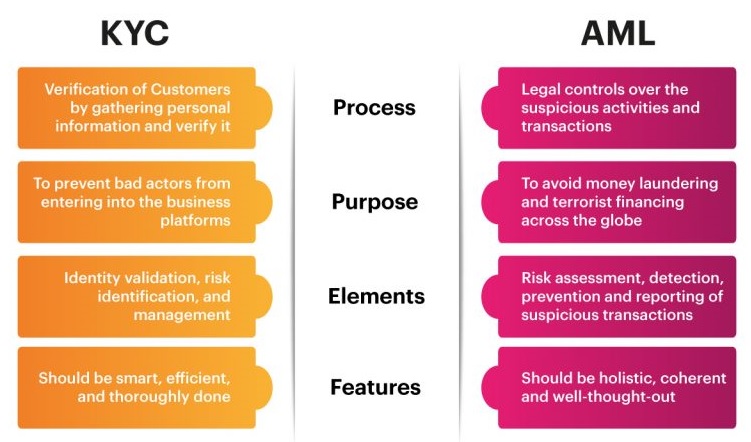Preventive measures to protect companies from hostile takeover in Armenia: regional approach
Much has been written about the methods and technologies of hostile takeover. However, the issue of protection against acquisitions remains insufficiently developed. The problem is that of the companies are fully confident in their invulnerability or in the absence of potential aggressors’ interest in their companies as a possible asset, which entails neglecting elementary means of corporate protection and legal prevention. However, this often leads to the fact that the owners of the company begin to worry about protection only when the attack has already been successfully carried out and they have completely lost control over the company.
What are the main tools that can be used by a company that has become the target of an attack or may become one soon?
The system of protective measures can be roughly divided into two main blocks:
- Strategic or preventive measures aimed at creating reliable corporate protection and minimizing the risks of hostile takeover.
- Tactical or operational actions, the main purpose of which is to prevent the seizure of control over the business in the context of an attack by the aggressor.
Let’s take a closer look at preventive measures, since they are the key to ensuring reliable corporate protection. These activities include:
-
- Monitoring the information environment around the companies.
The emergence of unwanted interest in the business from a third party usually manifests itself in a series of characteristic signals, which, if detected in a timely manner, the business owner can take the necessary measures to repel an attack. Such characteristic indicators include attempts to buy up a part of the company’s shares, requests from minority shareholders to hold extraordinary shareholders’ meetings or to provide documents, shareholders challenging the company’s transactions, unexpected inspections by regulatory and supervisory authorities, acquisitions in each industry, etc.
-
- Legal diagnostics.
The beginning of any hostile takeover is the collection and analysis of information about the target company – about its corporate structure, main shareholders, management, informal leaders, assets, partners, counterparties, administrative resources, etc. The volume and quality of the collected information by 90% determines the further takeover strategy that the acquiring company will choose. Thus, the potential acquiring company conducts a kind of diagnostics of the company – the goal, and its owners and management often do not even know about it. As a result of diagnostics, the main “pain points” of the company are determined and a program of actions is developed to eliminate or minimize them.
-
- Business restructuring.
A weakly protected business is characterized by the consolidation of ownership, management, and operational functions in one company, which simplifies the task of the aggressor (acquiring company) – to effectively absorb the business, the aggressor needs to intercept control in one single company. Therefore, one of the most effective preventive measures aimed at protecting a company from hostile takeover is restructuring. The implementation of such a restructuring makes it possible to solve several problems at once: to remove the main production assets of the business from the risk zone, to optimize financial flows and to ensure the protection of the business owners directly.
-
- Amendments to the charter and other documents of the company.
All contradictions, gaps, and shortcomings of such internal documents as the charter and internal regulations on governing bodies are always skillfully used by aggressors to achieve their goals. Typical shortcomings of such documents in practice are contradictions with peremptory norms of the law, excessive procedural encumbrances, lack of proper regulation of complex corporate aspects.
-
- Protection of information.
This block of protective actions includes the development and implementation of a regulation on the protection of confidential information of the company. It may determine the procedure for providing documents and information to any third parties, communication with the press, etc.
-
- Creation of a consolidated block of shares and a “cross-ownership” scheme.
The following picture is classic for hostile takeovers: the target company has a “loose” authorized capital, in which, in the absence of a powerful consolidated package belonging to the business owner or top management, a significant number of shares are dispersed among minority shareholders, most of which are current or former “members” of the company. In this situation, the aggressors (acquiring company) simply carried out an active purchase of shares from minority shareholders, who happily got rid of unnecessary “pieces of paper”. As a result, within a short period of time, a certain block of shares required by the law was formed, allowing the aggressor to hold a repeated extraordinary meeting of shareholders and take over the management of the company.
-
- Legal protection of fixed assets (property).
As a rule, the end goal of the aggressor is to gain control over some attractive asset, most often real estate, and much less often the acquiring company is attracted by a working business as such. In this regard, in the complex of preventive protective measures, one of the key positions is taken by measures for the legal protection of the main property assets of the company.
-
- Accounts payable management.
Overdue and poorly managed company accounts payable – targets often become the main starting point at the beginning of a corporate attack by an acquiring company. The existing debt claim rights are bought by the acquiring company at a significant discount from the company’s creditors.
-
- Working with top management, employees, and partners of the company.
Almost any company has some actual or potential conflict, for example, a conflict between the main shareholders of the company, conflicts between shareholders and management, conflicts between management and employees. Any of these conflicts, if it is serious enough, may be used by the acquiring company which may try to activate it as much as possible and use it for its own purposes. By participating in unleashing a conflict, the acquiring company can attract one of the conflicting parties to its side or receive all the information that needs.





